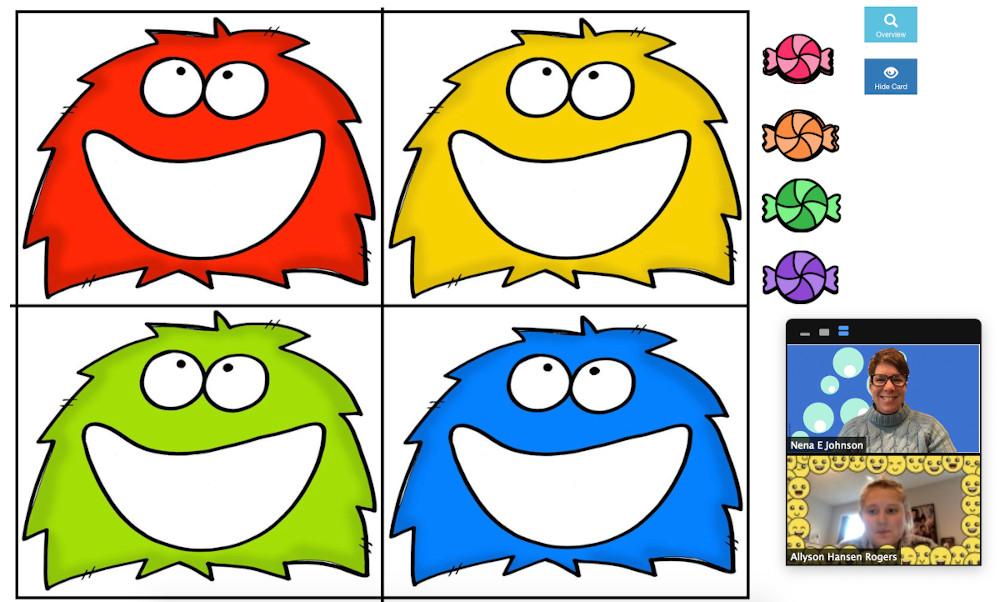When the coronavirus necessitated a shift from the norm of in-person healthcare, providers had to act quickly to upgrade technology and learn how to effectively deliver virtual services.
Ashley Weber was tasked with helping to set up a telepractice program for UMD’s Robert F. Pierce Speech-Language-Hearing Clinic. She points out that the technology to provide virtual services has existed for some time, but has generally been reserved for rural populations.
Weber is an instructor in the UMD Department of Communication Sciences and Disorders (CSD), which runs the Robert F. Pierce Clinic. She sees the shift to telepractice as a “blessing in disguise,” as it helped get the clinic on board with the latest technology.
The clinic’s move to telepractice in fall 2020 has given 24 graduate students the valuable experience of providing teletherapy to the community. It’s a skill set previous CSD students, who are studying to be speech-language pathologists, hadn’t learned.
“Telepractice is a little bit of a niche within the profession. There are companies that provide teletherapy regularly, but it’s never been really mainstreamed until we were forced to do it,” explains Nena Johnson, another CSD instructor. “To stop services was not feasible. Too many clients depend upon us.”
There have been some unexpected positive outcomes related to the shift to telepractice. “The technology and delivery model can help keep people, especially kids, engaged in a therapy session,” Weber says.
Students’ creative use of technology is helping augment sessions with kids. This might mean changing up virtual backgrounds, bringing in fun characters like dancing dinosaurs or incorporating digital games or videos. CSD students have worked to tailor the therapy sessions to the individual clients—with good results.
Amie Quinn has an active four-year-old who has been receiving telepractice services for several months. She says the therapy has “truly gone above and beyond our expectations,” and notes that the practitioner and student created an individualized speech program for her child with games and songs. “The progress we have seen in our little guy has been amazing. He is communicating with us and the world around him far better than he was just a few months ago.”
Another change related to telepractice with unexpected benefits is the pairing up of graduate students, according to Weber. Typically, graduate students work one-on-one with clients. This year, students were matched with a peer. Instructors have noticed working in duos is helping students flourish.
“A lot of first-year grad students come in with little to no direct experience. To have them paired up gives them someone to bounce ideas off of and problem-solve with,” says Johnson. “It also helps build cohort relationships. When everything is online, it’s beneficial to connect students with one another.”
The transition to telepractice hasn’t been without challenges. And even with its successes, both Weber and Johnson believe in-person therapy is the ideal. But they’re embracing the lessons in flexibility and creativity brought on by the pandemic.
“As much as we all don’t love the situation, it forces us to examine how we’re doing things, expand our knowledge, and help us to be better clinicians,” Johnson says.
Weber adds, “Telepractice is allowing us to continue to promote engagement and effective service in the community. I’m excited to see where this opportunity takes us in the future.”
Pictured at the top is a screenshot of a game taken during a teletherapy call.

